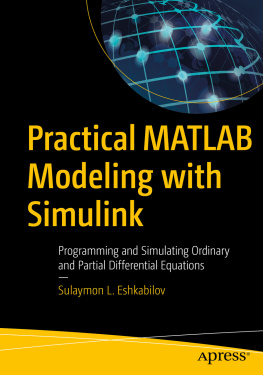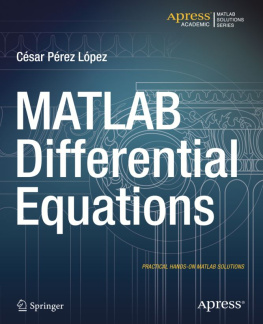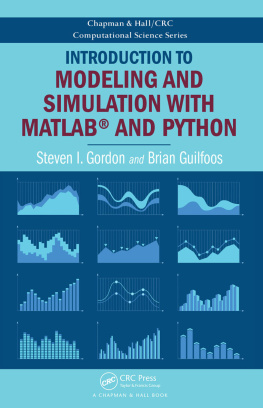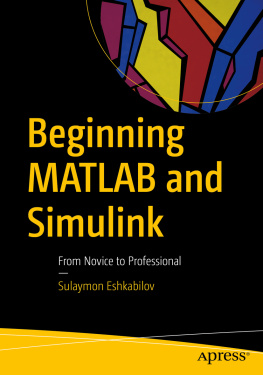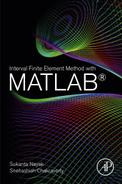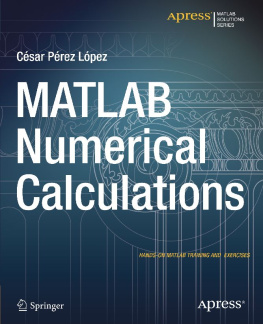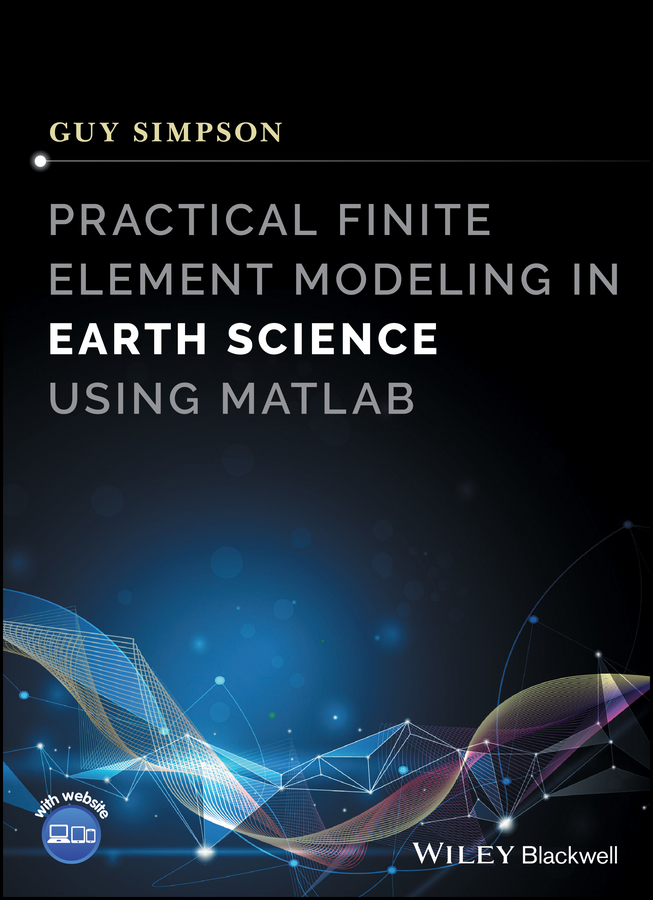
Table of Contents
List of Tables
- Chapter 04
- Chapter 07
List of Illustrations
- Chapter 01
- Chapter 02
- Chapter 03
- Chapter 04
- Chapter 05
- Chapter 06
- Chapter 07
- Chapter 08
- Chapter 09
- Chapter 10
- Chapter 11
- Chapter 12
- Appendix A
- Appendix C
Guide
Pages
Practical Finite Element Modeling in Earth Science Using Matlab
Guy Simpson
Department of Earth Science
University of Geneva
Switzerland
This edition first published 2017 2017 John Wiley & Sons Ltd
All rights reserved. No part of this publication may be reproduced, stored in a retrieval system, or transmitted, in any form or by any means, electronic, mechanical, photocopying, recording or otherwise, except as permitted by law. Advice on how to obtain permission to reuse material from this title is available at http://www.wiley.com/go/permissions.
The right of Guy Simpson to be identified as the author of this work has been asserted in accordance with law.
Registered Office
John Wiley & Sons Ltd, The Atrium, Southern Gate, Chichester, West Sussex, PO19 8SQ, UK
Editorial Offices
111 River Street, Hoboken, NJ 07030, USA
9600 Garsington Road, Oxford, OX4 2DQ, UK
The Atrium, Southern Gate, Chichester, West Sussex, PO19 8SQ, UK
For details of our global editorial offices, customer services, and more information about Wiley products visit us at www.wiley.com.
Wiley also publishes its books in a variety of electronic formats and by printondemand. Some content that appears in standard print versions of this book may not be available in other formats.
Limit of Liability/Disclaimer of Warranty
The publisher and the authors make no representations or warranties with respect to the accuracy or completeness of the contents of this work and specifically disclaim all warranties, including without limitation any implied warranties of fitness for a particular purpose. This work is sold with the understanding that the publisher is not engaged in rendering professional services. The advice and strategies contained herein may not be suitable for every situation. In view of ongoing research, equipment modifications, changes in governmental regulations, and the constant flow of information relating to the use of experimental reagents, equipment, and devices, the reader is urged to review and evaluate the information provided in the package insert or instructions for each chemical, piece of equipment, reagent, or device for, among other things, any changes in the instructions or indication of usage and for added warnings and precautions. The fact that an organization or website is referred to in this work as a citation and/or potential source of further information does not mean that the author or the publisher endorses the information the organization or website may provide or recommendations it may make. Further, readers should be aware that websites listed in this work may have changed or disappeared between when this works was written and when it is read. No warranty may be created or extended by any promotional statements for this work. Neither the publisher nor the author shall be liable for any damages arising here from.
Library of Congress CataloginginPublication data applied for
ISBN: 9781119248620
Cover design: Wiley
Cover image: Nongkran_ch/iStockphoto
All difficult things have their origin in that which is easy, and great things in that which is small.
Lao Tzu
Preface
Over the past few decades, mathematical models have become an increasingly important tool for Earth scientists to understand and make predictions about how our planet functions and evolves through time and space. These models often consist of partial differential equations (PDEs) that are discretized with a numerical method and solved on a computer. The most commonly used discretization methods are the finite difference method (FDM), the finite volume method, the finite element method (FEM), the discrete element method, the boundary element method, and various spectral methods. In theory, each method provides the same solution to the original PDEs. However, in practice, certain methods are better suited to certain problems than others. Often, one method dominates within any given discipline and in the Earth sciences, the FDM is the most prevalent, due to its simplicity. Although the FEM is arguably better suited to many Earth science problemsespecially those with complicated geometry and/or material behaviorEarth scientists have been hesitant to wholeheartedly embrace this technique because it is regarded as being complicated to implement compared to other schemes. However, this perceived difficulty largely reflects the fact that most textbooks on this method are written by engineers or mathematicians for engineers who have a different educational background as compared to Earth scientists and who are interested in different applications. This is unfortunate because the FEM is a remarkably flexible and powerful tool with enormous potential in the Earth sciences that is no more difficult (or even easier) to implement than other numerical schemes.
The text is intended for students and researchers in Earth science, attempting their first steps with the FEM. It provides a practical guide on how the FEM can easily be used to solve various Earth science problems using Matlab. For the most part, I assume that the equations governing the processes of interest are known. Emphasis is on how one actually computes the solution using the FEM. The text does not deal in detail with benchmarking and interpretation of model results or with application of the model results to specific case studies. To guide readers, many sample finite element Matlab scripts are presented. These scripts are written with an emphasis on simplicity and clarity, not on modularity and efficiency. However, once the underlying concepts are clear, these standalone codes could easily be modularized, optimized, and transported to other more efficient languages such as Fortran or C/C++. It is assumed that the reader is familiar with linear algebra and PDEs and has basic programming experience. Some of these aspects are covered briefly in . The text is directed toward graduate students, advanced undergraduates, and Earth science researchers. While the text is intended to show how finite element programs can be written from scratch, it should also be of interest to researchers who use existing FEM software (e.g., ABAQUS and COMSOL) but who want to know more about what goes on within the black box. Because the level of the material presented is quite basic compared to other finite element texts, readers are strongly advised to consult other more advanced books once they understand the basics and see how programs are constructed in practice. The following titles are good starting points: The Finite Element Method (three volumes, by Zienkiewicz and Taylor, 2000a, b, c) and The Finite Element Method (by Hughes, 2000).
This book is structured in two parts. comprises a series of independent chapters, each of which focuses on how the FEM can be applied in different contexts in Earth science. The problems investigated are heat transfer in the crust, landscape evolution modeling, fluid flow in porous media, flexure, and deformation of Earths crust. Although readers can choose to read only the chapter(s) that fall closest to their topic of interest, each chapter introduces a different aspect of the FEM, and so every chapter should be studied by readers interested in eventually mastering the technique.
Next page

